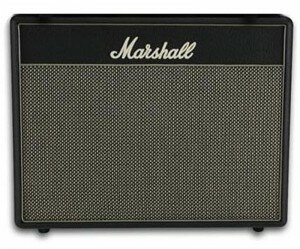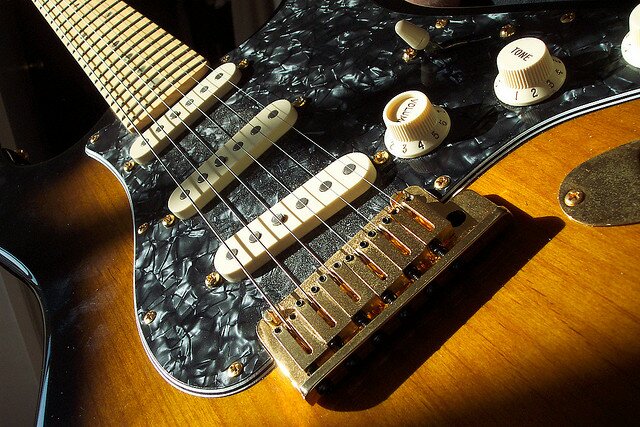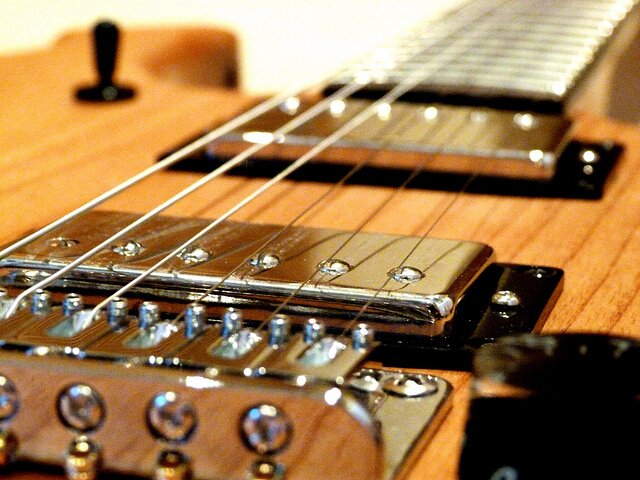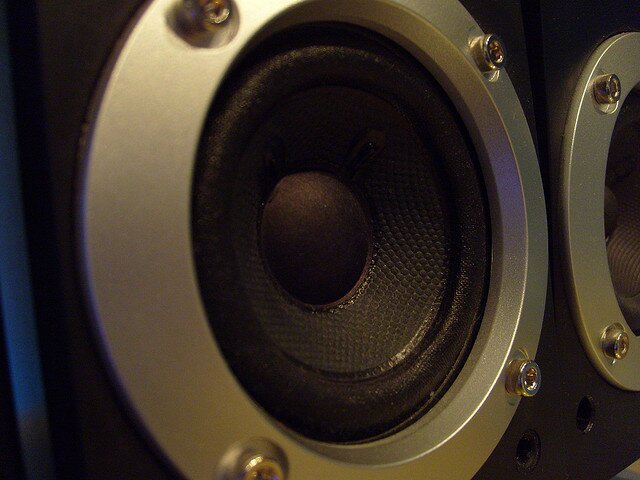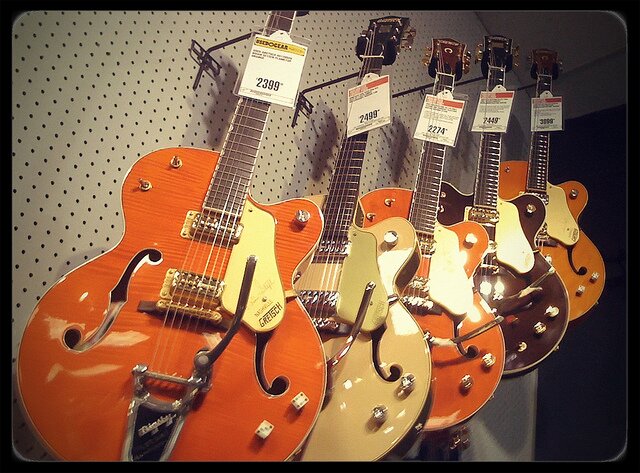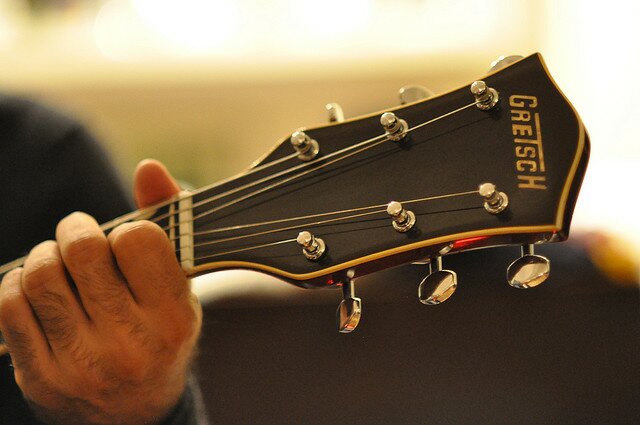Achieving the Best Guitar Cab Recording Set Up
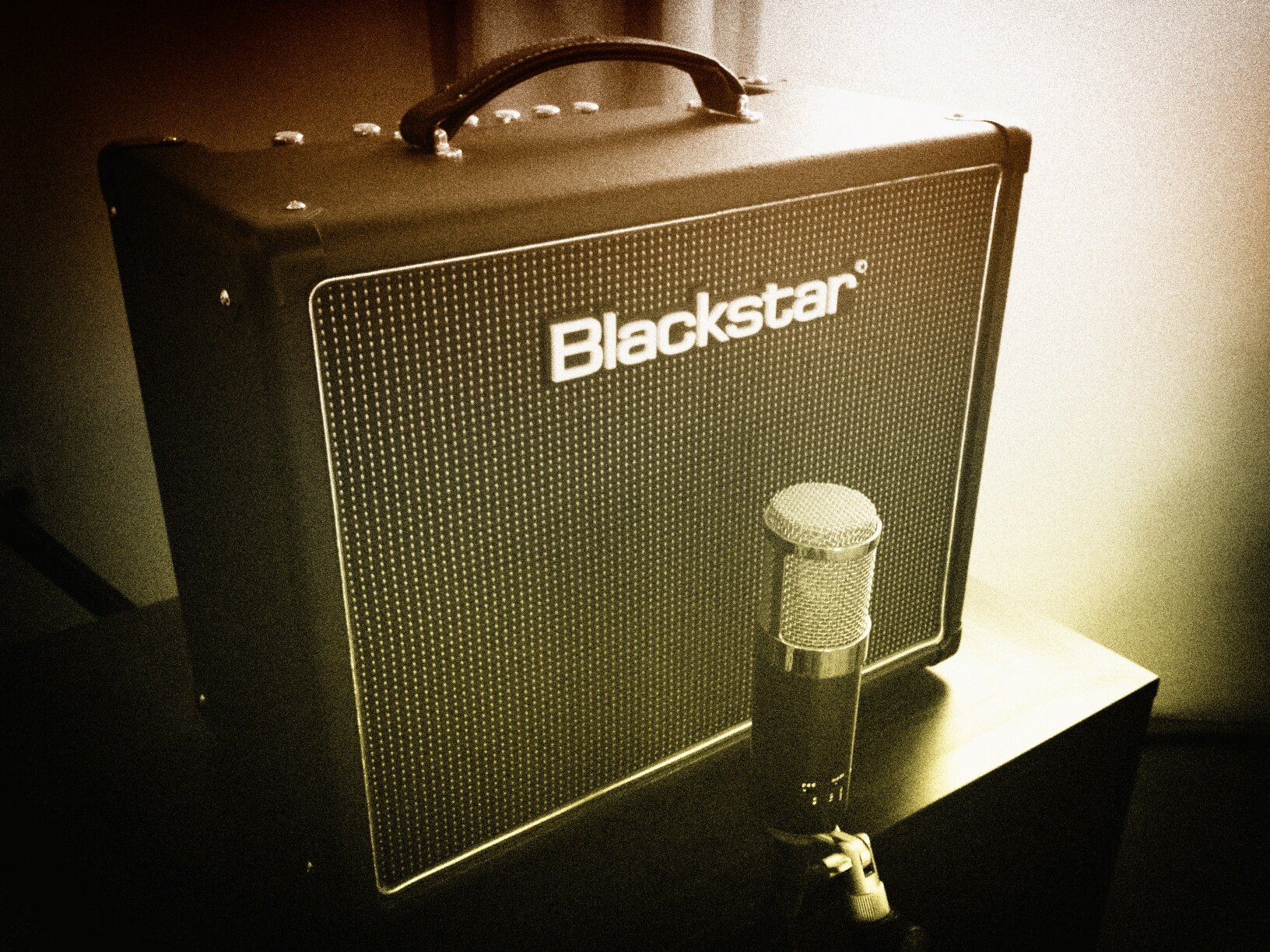
Ever noticed how your recordings just don’t have that full-range guitar tone, no matter what quality preamplifier or microphone you use? The reason behind this annoying problem is more obvious than it might seem. Simply pay more attention when setting up the guitar cabinet. Guitars with big sounds need multiple amps and cabinets to blend all the sounds and produce a single high-impact sound. If you don’t have the budget for all this equipment, here’s how you can achieve the effect of a multiple amp setup using a single guitar cabinet.
Getting the Perfect Sound
Let’s start with how the amp and the speakers work. Big sounds are produced when a lot of air is pushed. For this to occur the amp’s reserve power must be higher than the speaker’s RMS power rating. In other words, the guitar cabinet should not be too big for the amp. It is a good idea to use tube amps; your speakers will be protected by their natural compression and you’ll have richer sound.
If you don’t have a guitar cabinet yet, pick up an old 4×12; choose a good brand name like Marshall. This cabinet setup guide is for stereo mode, also known as dual mono mode, with a 30-watt and 60-watt speaker on either side. The Celestion Anniversary G12H and Celestion Vintage 30s respectively will do just fine. For those who want a visual aid, wiring diagrams are readily available on the Internet to help you do it yourself, though this can be quite challenging.
Mounting Speaker Cones
You should ideally mount the speakers through the cutouts in the front, so that you can get a tighter bass and the smooth mid-range sound that most people like. Back-mounted speakers cause more push in the low-range. That being said, an enhanced solution is to do front- and back-mounting of your speakers to get the best of both worlds, provided you have the money for two 4×12 cabinets. Once installed, insulating your speakers is very important to prevent them from causing cancellation by pulling air from the back.
Now that you have your speakers set up, wire the Anniversary G12G and Vintage 30 pairs to one of each of the stereo inputs. Wire each side in parallel so that the 16 ohms resistance rating of the Celestions is halved to 8 ohms. Label the jack panel to differentiate the two wired sides of the cabinet.
This setup can really produce full tone-blending when recording if you use two amp heads, but ensure that the output impedance setting of both your amps matches the cabinet’s input impedances. Overdriving the speakers in this setup will give clean crunch from the 6-watt speakers and smooth distortion from the 30-watt pair. Remember that you will need a splitter for both these amps to receive your guitar output. The Lehle Little Dual Amp Switcher is an ideal splitter. Avoid using a Y cable at all costs because it will introduce an impedance mismatch; your guitar pickups will be loaded and your sound will be severely affected.
In case you are unskilled or reluctant to attempt the wiring yourself (understandable considering the financial investment), get a cabinet like the Egnater Tourmaster 4×12 that switches between mono and stereo. This Tourmaster cabinet is made of solid birch and is pre-loaded with Vintage 30 speakers, making it a very cost-effective guitar cabinet for recording.

About the author:
Barry Rivman regularly writes content for Guitar Place, a leading online retailer of guitar music sheets and books. He is a composer, producer, copywriter, multi-instrumentalist, and owner of ManRoom Recording, LLC in Medford, Oregon. Barry learned guitar at Juilliard and was mentored in recording and production by multi-platinum producer, Michael Wagener (94 million albums sold), whose credits include Alice Cooper, Ozzy Osbourne, King’s X, and Queen, to name a few.
